Try This Cleaning Tips For Allergy Sufferers From Nordland Cleaning
You clean and clean your home all day but you’re still struggling with the effects of allergies:
- Sneezing
- An itchy nose, eyes, or roof of your mouth
- A runny, stuffy nose
- Watery, red, or swollen eyes
Should you be cleaning even more to keep allergy symptoms at bay?
Regular house cleaning can help mitigate the ongoing effects of allergies, but there are some cleaning methods and products that can actually make your allergies worse instead of better.
However, using the right strategies, you can make your home a healthier environment where you can breathe easy.
Allergy cleaning is a little different than cleaning to ensure your home is sparkling clean.
While you can also clean to keep your home looking beautiful, there are a few extra steps you can take to remove allergens.
Cleaning Tips for Allergy Sufferers: Best Allergy Cleaning Tools
Having the right tools to clean your home will set you up for success.
If you have a dust allergy, using a feather duster or another tool that kicks up dust and sends it into the air rather than capturing it, and can make cleaning more harmful than helpful!
What kinds of tools should you have on hand for your routine and spring cleaning?
- A reliable vacuum cleaner: There are a few options for vacuuming to trap dust. A fine-particle HEPA filter vacuum cleaner will work well, but if you don’t have one, you can use a double bag to trap as many dust particles as possible. And if you have a bagless vacuum? You should regularly clean and wash the collection cup.
- Fabric allergen sanitizer vacuum: Some allergy sufferers opt for fabric allergen sanitizer vacuum cleaners. These vacuums use ultraviolet light to neutralize and kill the dust mites and bacteria and can be used on carpets, mattresses, upholstered furniture.
- Washable microfiber cleaning cloths and mops: The great thing about microfiber cloth is that it attracts dust much more effectively than cotton cloths or wasteful paper towels, and can be safely tossed in the wash when you’re done. Rather than send dust into the air, these cloths trap dust and should be slightly dampened to attract the most dust
- Protective mask and gloves: Cleaning shouldn’t send you into an allergy attack. You can protect yourself while you’re cleaning by wearing a protective mask to avoid breathing in excess dust particles. Latex-free and cotton-lined, rubber gloves can also prevent skin irritation.
Cleaning Tips for Allergy Sufferers: Allergy Cleaning for Your Home
Regular cleaning of your home is one of the best ways to keep allergens under control. But where should you be cleaning?
How often does your home need to be cleaned to ease your allergy symptoms and what steps should be part of your weekly house cleaning?
According to the Mayo Clinic, here are a few ways to clean your home and allergy-proof your home:
Throughout Your Home
Vacuum carpets and rugs weekly with a high-efficiency vacuum cleaner to remove dust particles.
Additionally, it’s a good idea to wash your curtains once per season and dust blinds with a microfiber cloth. You should also remove items that collect dust like knickknacks, decor items, and books and magazines.
Each week, you should damp-mop wood or linoleum flooring.
For all other surfaces including baseboards, tops of doors, windowsills, and window frames, wipe away dust with a damp microfiber cloth.
It may be a good idea to wear a dust mask or have someone who doesn’t have allergies do the dusting.
The American Academy of Allergy, Asthma & Immunology also recommends keeping windows closed during pollen season and cleaning mold and condensation from window frames and sills with a solution of ¾ cup chlorine bleach per 1 gallon of water (and wearing a protective mask while you’re cleaning!).
You should also read:Choosing Green Cleaning for Allergy Relief
In the Bedroom
You can choose to encase your pillows, mattresses, and box springs in dust mite-proof covers, but regardless of what you choose, you should wash your sheets, pillowcases, and blankets at least once per week in water that’s at least 130° Fahrenheit.
In the Living Room
Wash or vacuum area rugs and floor mats weekly, and vacuum upholstered sofas, chairs, and other furniture.
If you have potted plants, you may want to re-home them or spread aquarium gravel over top of the soil to contain mold.
In the Kitchen
Wash dishes every day and scrub the sink and faucets to remove food debris and prevent mold growth.
Wipe down cabinets and countertops with detergents and water, and do a periodic deep clean of your fridge.
When cleaning your fridge, wipe up excessive moisture and clear out expired food. You should also empty and disinfect the dripping pan and clean and replace moldy rubber seals around the door.
Get Professional Cleaning Support!
If this seems like a lot, that’s understandable! Just the regular routine of keeping your house looking clean and neat is work enough.
If you suffer from allergies, you might benefit from enlisting the help of Northern Virginia professional cleaners for regular house cleaning services.
If you’re struggling through allergy season, our team at Nordland Cleaning can help with weekly or monthly cleaning services and can help get you feeling back to normal with our one-time deep house cleaning services.
Throughout Northern Virginia, our professional house cleaning team is dedicated to providing cleaning services for your health and happiness.
It’s one thing to clean your home so it looks clean; it’s another to clean it for health and safety.
Take a look at what our satisfied clients have to say, then contact us today to get a free quote and learn more about our extensive list of services.
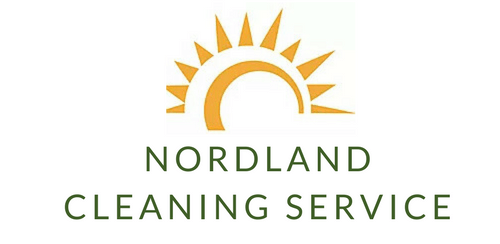
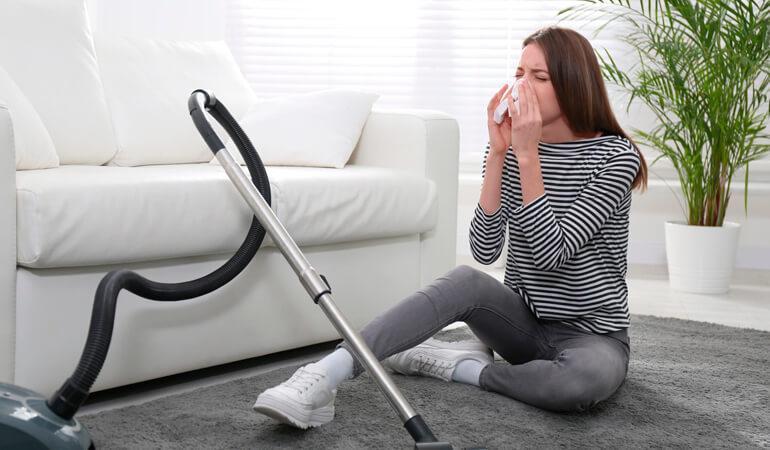

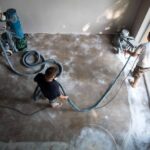

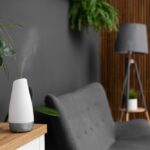


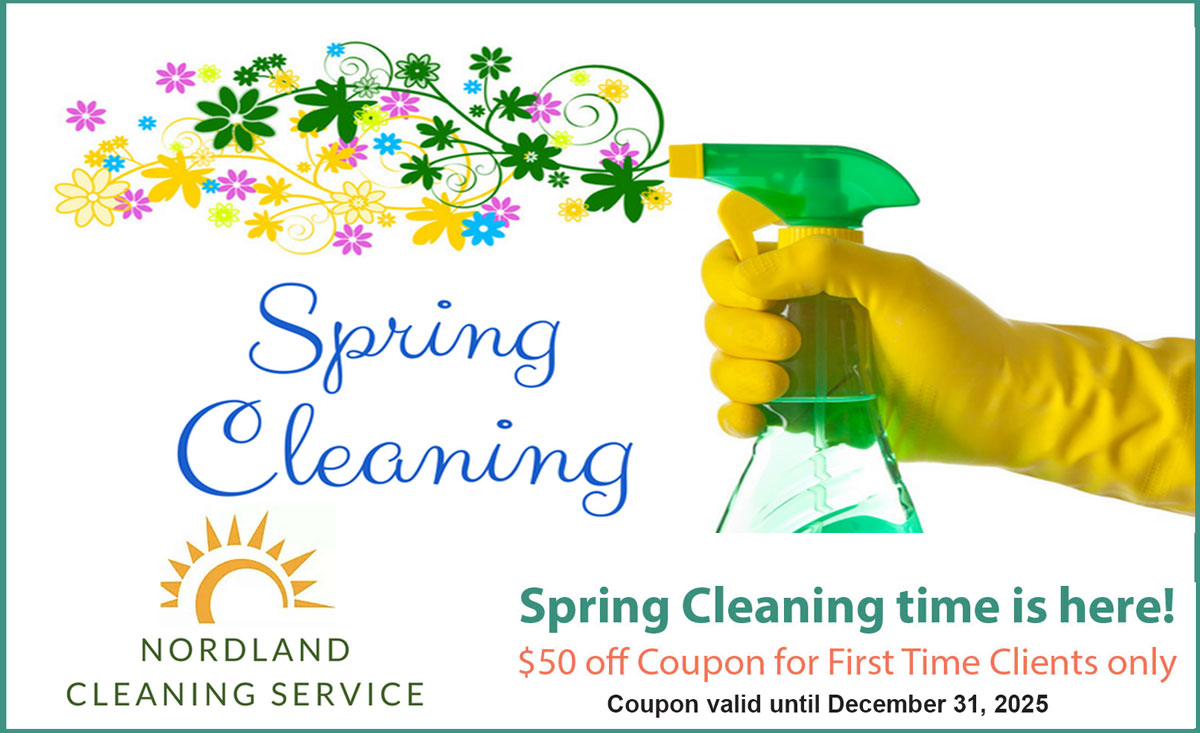
Recent Comments